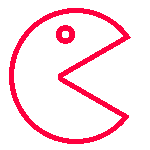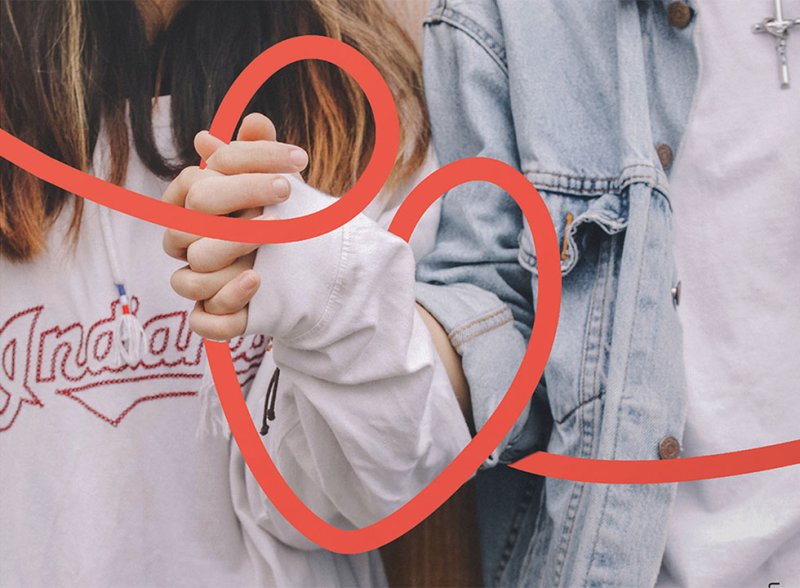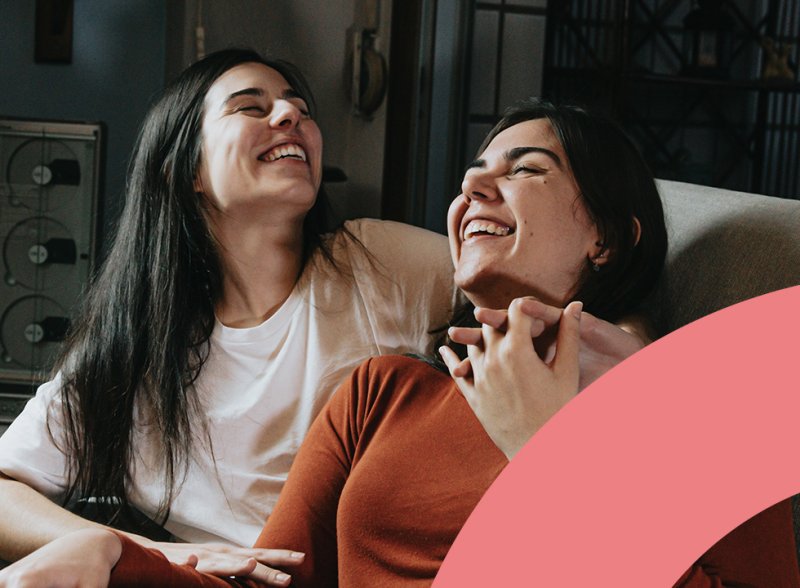Anawim
In parallel with rebranding Anawim and developing its new visual identity, IE Digital built a new WordPress website for the charity.
Anawim is a charity that helps women in and around Birmingham, whether they are struggling with trauma, domestic abuse, addiction, mental health, sexual exploitation, or involved in the criminal justice system. The charity's wrap-around services and specialised caseworkers can transform women’s lives.
The new website is built around the needs of women, to show the kinds of support Anawim can offer, build trust in the charity, and encourage those who need support to reach out.


At the start of the website project, IE Digital held an immersion session with the Anawim team and our digital consultants.
We defined the audiences for the website: who they are, their motivations for seeking out Anawim, and the tasks they need to complete – or that Anawim would like them to complete. This informs the user experience design for the site.
Women at the heart of Anawim
Anawim’s women were always front and centre during the project, and on the website itself. These are the service users who need support, perhaps as a result of an abusive relationship, addictions, or struggling with crime. They might be involved in sex work, their children might be in care (or at risk of being removed), or they might simply be struggling with day-to-day life.
We needed to show women that they are not alone. They need to feel they can trust Anawim and that it’s safe to reach out for help. The site needed to be accessible and inclusive for women, and make it really easy for them to make contact through whatever channel they are most comfortable with.
Other audiences
The website also needed to serve the charity’s potential supporters and donors – both individuals and groups. These are people who we need to connect emotionally with Anawim’s cause, so they’ll be motivated to help through fundraising, volunteering, or donating money or clothes. We need to make them fall in love with Anawim’s work and then provide the practical information they need on how to help, the impact they’ll be making, and reassure them their money will be well spent.
Our other primary audience is Commissioners, who might be looking to engage with expert services to support their strategic objectives around mental health. Our secondary and tertiary users might include Anawim’s volunteers, job-seekers, funders, partners, policymakers and influencers.



Working with Anawim, IE Digital compiled a Project Charter.
This document captures our work on the website’s audiences and any key decisions made, and defines the overarching scope and approach to the project. It records project milestones, and acts as an evolving record of the project, as well as our success criteria.
We’d identified some key requirements for the website during our stakeholder perceptions research, which had included an internal workshop, telephone interviews and an e-survey. For instance, to build trust among service users it was important that a “panic button” was visible on every page of the site, always in the same place and easy to find. This enables visitors to quickly close the website and return to something innocuous like the Google homepage.
We also built in trigger warnings on gateway pages to potentially sensitive content, which could upset or shock some users. Anawim’s content editors can tailor these warnings for each page of content, such as real women’s stories, to indicate what topics are covered. This puts users in the driving seat, so they can make their own decisions on whether or not to read more.
Another important feature was a translation plug-in – Google Translate – which allows users to display the website’s content in multiple languages. This was a cost-effective solution to make the website accessible for woman who may not speak English as their first language.
Defining success for different user groups
Much of the user experience is geared towards encouraging women to get in touch, so we reduced barriers as much as possible. That meant we designed the site with contact methods front and centre, such as calling the helpline, online chat, and other self-referral tools. Meanwhile, real-life stories of Anawim supporting other women helps users feel included and safe.
Conversely, for the other audiences, our emphasis was on making it easy for people to find the information they need on the website. People are guided to find what they need, and complete tasks using online forms where possible. This means that more of Anawim’s time can be devoted to helping women access the support they need.



IE Digital defined the website structure and content hierarchy to show how the new site would be organised.
We then created low-fidelity mock-ups – a series of wireframes that prioritise content and carve up the real-estate of key pages. At this stage, Anawim could begin writing new content for the site, based on the brand messaging matrix we’d created to inform their personality, tone of voice, and messaging for each audience group.
Our designers then added the visual flourishes to bring the stunning new Anawim brand to life, with a set of storyboards to show exactly how the finished website would look.
Work then passed to our development team to create a set of fully editable page templates in WordPress. This ensures that Anawim can create any new pages they may need from a variety of predefined components and styles, ensuring consistency and a seamless user experience throughout. This includes the ability to create a range of webforms through the CMS.
It was important to the client that the site should look stunning, so we built in time to complete the final front-end flourishes such as animation, smooth transitions and other tweaks to give a really high quality finish.
Content roll-in and acceptance testing
IE Digital delivered full CMS training to the Anawim team – delivered remotely under COVID-19 lockdown rules – ready for them to create all of the necessary pages and input new content.
Once the development phase was complete, Anawim tested the website and submitted any issues via IE’s issue logging system, to be addressed by our developers before the site went live.
IE Digital collaborated closely with Anawim’s chosen website hosting partner to ensure a smooth transition. Once the site was deployed to the live servers, we entered a snagging period to iron out any final teething problems, before handing over completely to Anawim and the hosting provider.




